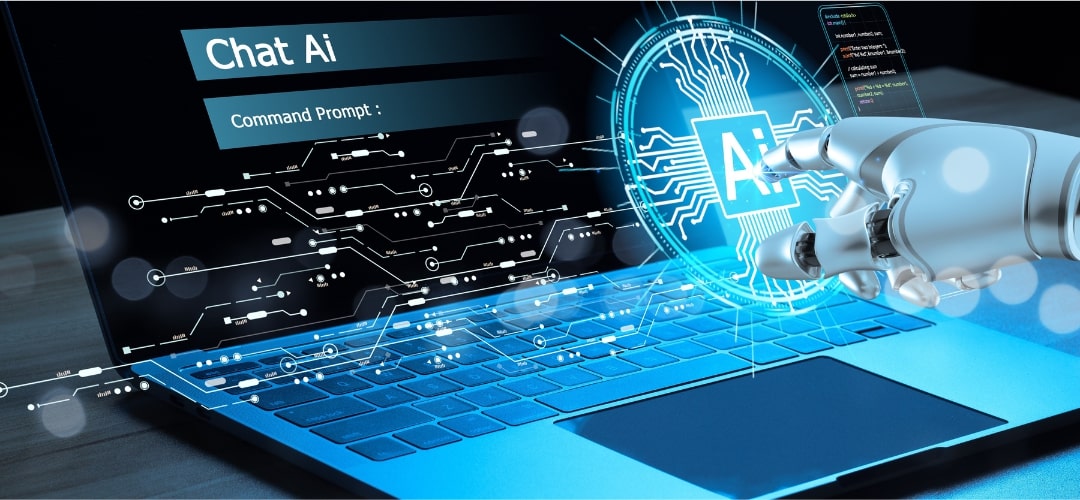An Enterprise Resource Planning (ERP) system integrates business functions and enables data-driven decision-making. The platform integrates data from functional areas such as finance, HR, operations, and more. The benefits include streamlined operations, improved business efficiency, better personalisation, and customer satisfaction. It also makes automation easy.
But such benefits are realised only if the platform is current. A legacy ERP system can become counterproductive and a liability for the enterprise. It does not have the flexibility, adaptability, resilience, or agility to meet the demands of today’s businesses.
The Issue of Flexibility and Integrations
The days of enterprises doing everything in-house and creating moats to protect their networks are passé. Integrations with the wider ecosystem have become inevitable today. Business success depends on systems syncing with external solutions and seamless data flow.
The liability of a legacy ERP starts with its architecture. Most of them are monolithic, hard-coded applications with rigid and inflexible structures. They struggle to support integrations or the addition of new business processes.
Making changes to legacy ERP applications is complex, resource-intensive, costly, and time-consuming. These applications are tightly coupled units with intertwined system components and dependencies. Changes in any specific modules impact the entire system.
Modern cloud-based ERP applications are modular with loose coupling. These systems, built cloud-first, have in-built agility and flexibility. They co-opt flexible object data models that allow easy changes. Each object is independent, making modifying or adding new ones easier. Adding new properties or relationships does not affect any other part. Co-opting a new technology such as Artificial Intelligence or changing processes based on changed business realities becomes easy.
The Issue of Remote Work and Scalability
Legacy one-size-fits-all on-premises ERP solutions worked when business environments remained static. But their inflexible nature makes them a misfit in today’s digital era.
The limitations of legacy ERP systems manifest the most in cloud and mobility support. These systems, running on older technologies, do not integrate with the cloud or support mobile access. As such, they do not support seamless collaboration among dispersed teams. The lack of cloud integration is a big drawback at a time when 60% of corporate data is now on the cloud, and the figure is rising by the day.

Remote teams often use workarounds to circumvent platform inflexibility. For instance, they resort to manual data inputs, creating duplicate data sets. Or they create MS Excel spreadsheets and integrate them with the ERP later. Such manual processes increase errors, inconsistencies, and inefficiencies. Employees waste a lot of time and energy in the process. Such workarounds also lead to shadow IT, with all its consequences.
The inefficiencies of the legacy ERP system could lead to low employee morale, which may lead to top talent quitting in frustration.
Modern cloud ERP systems are accessible from anywhere and scalable. Businesses can add resources to accommodate seasonal rushes or growth spurts. And they can shed resources during a slowdown.
Many modern ERPs also come with low-code and no-code functionality, making the platform more attractive to business users. They no longer have to rely on the IT team. They can get instant insights and results needed to seize opportunities. These frictionless solutions empower and motivate users to deliver their best output.
The Issues of Flawed Insights
Business competitiveness today depends on generating actionable insights from live data.
The database structure of legacy ERP systems does not support extracting data for specific services. The databases, shared across many modules, have several dependencies. To make matters even more complex, most legacy ERP systems use different data formats and structures.
Legacy ERP systems cannot handle big data either. Incompatibility with external applications and databases means vital data remains in silos. Such data remains inaccessible for analytics or business case use.
Limited reporting and analytical capabilities hinder the ability to identify trends and opportunities. The business cannot seize opportunities or respond to changing customer demands. Inaccurate information leads to decision-making based on limited or flawed data. Worse, the system becomes sluggish over time, and response times become longer.
Consider inventory management. The ERP system enables the business to maintain optimal stock levels to avoid shortages and dead inventory. They can also forecast demand to make optimal reorder quantities. But these benefits are realised only if the ERP system can integrate live data from all sources and present it in a simple interface.
A modern, cloud-based ERP makes it easier to capitalise on opportunities. These ERPs eliminate data silos and ensure users always have access to the most recent data. They enable secure data access to third-party applications.
Flexible data models make it easy to adapt to changing business requirements. Co-opting advanced business intelligence tools to derive comprehensive insights also becomes easy. Intuitive and customisable dashboards visualise insights. Cloud scalability supports increasing data volumes and user loads. The platform becomes capable of processing very heavy workloads in double-quick time.
Security and Maintenance Issues
The digital infrastructure of today offers great opportunities. But it also comes with great risks.
Legacy ERP systems pose significant security risks to enterprise networks. In most cases, vendors have ended support for legacy ERP solutions. This means there are no security patches to protect the software from the latest vulnerabilities and threats. Such vulnerabilities expose the entire network to cyber threats.
Older ERP systems also lack robust encryption standards. Sensitive data remains vulnerable to interception. Also, inadequate role-based access controls allow attackers to infiltrate and access sensitive information.
Benefiting from technology also requires a cost-benefit analysis. Legacy ERP systems have high maintenance costs. Employees have to spend considerable time and effort managing the system.
The latest cloud-based platform works on autopilot. The vendor provides automated updates, and the enterprise IT team does not have to dedicate resources to its upkeep. They have more time to focus on higher-value tasks.
How to Upgrade
Investing in a modern ERP solution is a strategic move. But it’s not only about upgrading-it’s about finding the right cloud ERP vendor. Evaluate vendors based on industry expertise, reputation, and application features.
The Workday enterprise management cloud platform is a good example of a future-proof ERP solution. The flexible platform architecture makes it easy to adapt business processes to changing needs. Scalability, seamless integrations, and GenAI capabilities make the platform ideal for fluid workloads. Workday also allows users to develop apps that extend the ERP capabilities and stay ahead of the curve.












